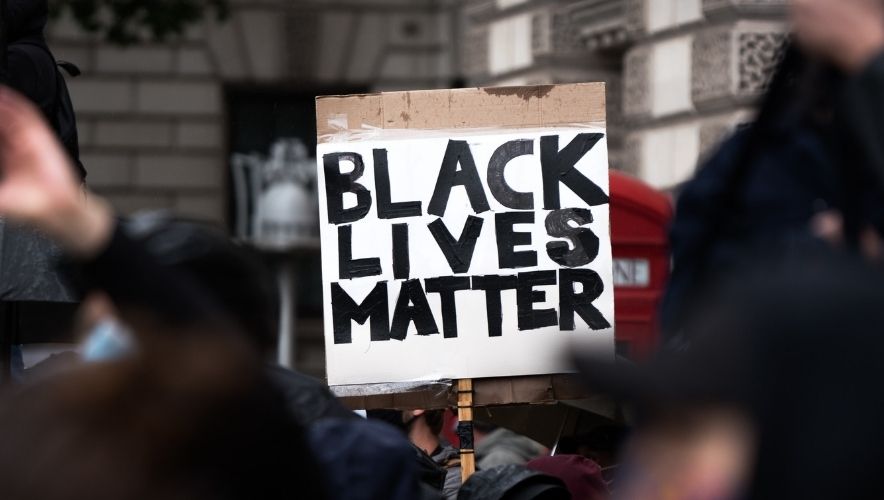Written by Gerlinde Achenbach
Gerlinde Achenbach is a senior education consultant and former primary headteacher. Her career spans more than 35 years, with over 30 years teaching in schools. Since 2021 she has been supporting schools across the UK with Equity, Diversity & Inclusion, specifically LGBTQ+ inclusion. Her expertise is in leadership and changing school culture.
UNCODE.initRow(document.getElementById(“row-unique-1”));
It is a reality that every LGBTQ+ stakeholder within a school community – child or young person, member of staff, visitor, parent or carer – is on the receiving end of constant heteronormative messaging. This isn’t because schools are not complying with their Public Sector Equality Duty or because they’re not focused on being inclusive. It’s because the world is set up to portray ‘usual’ as heterosexual.
The Oxford languages dictionary defines heteronormativity as: “denoting or relating to a world view that promotes heterosexuality as the normal or preferred sexual orientation.”
Heteronormativity permeates every aspect of school life. It’s in the images on our walls, it’s in the things we say and in what we do. Put simply, there’s an unspoken acceptance that it is ‘the norm’. It confirms for us that heterosexual relationships dominate the human experience. It also reminds us of the relationship between heterosexuality and gender inequity for women and girls through history. We see this every day, where gendered language, stereotyping and imbalanced expectations still dominate our lived experience in the wider world. We like to think we work hard to challenge this in our schools…but are we doing enough?
What can heteronormativity look like in schools?
Environments
Most images of families show mums and dads. This can be on ‘welcome’ posters or in books and images on display.
We find ‘corporate’ cartoon images depicting (stereotypical) boy, girl, boy, girl across school spaces.
Books and literature have not been evaluated in terms of how representative they are of different types of families or identities.
Systems and Policies
In primary schools we have a habit of assuming (unless told otherwise) that a child has heterosexual parent(s) and that our children will end up in heterosexual relationships.
We include ‘mother / father’ on application forms and permission slips.
The words ‘Mr & Mrs’ are on the tips of our tongues when referring to families.
Our school uniform policies state gendered expectations for girls and boys, even down to shoe styles.
Our staff dress code does the same.
We appoint a Head Girl and a Head Boy.
Our website staff lists denote marital status first – Mrs, Miss, Mr – and we have the same on classroom doors.
Communication and Language
We welcome our children with “Good morning, boys and girls” and our staff, or parents and carers, with “ladies and gentlemen”.
The phrase, “Tell / give this to / show / ask your mum and dad” rolls off the tongue for most school staff.
Staff address girls as ‘darling’, ‘princess’, ‘sweetie’, and boys as ‘mate’, ‘mister’, ‘dude’.
We hear the terms ‘Headmaster’ and ‘Headmistress’. We address staff as ‘Sir’ and ‘Miss’.
We hear adults calling for ‘a couple of strong boys’ for certain tasks around school.
Practice and Culture
We line up our classes in boys’ and girls’ lines, or in a boy, girl formation.
We seat them on their carpet ladybird places or at tables in the same way.
We separate and organise children by gender for the most random of reasons and activities.
We organise role play, construction and crafts with different genders in mind, albeit subconsciously.
We appoint class names of famous scientists, authors, sports people or musicians where the majority are male (and straight).
The staff culture feels fixed, exclusive, cliquey and difficult to break into.
Staff congratulate themselves on the way they have always done things.
I have deliberately not set out here inclusive versions of the above examples. They are a starting point for whole staff thinking and they’re guaranteed to promote worthwhile discussion. It’s important in our schools to do the hard work required, challenge heteronormativity in all its guises and ask the following questions:
Might a child with same-sex parents feel quietly excluded in our school?
Will their parents feel welcome?
How about a child who has lost a parent, or a child who is care-experienced?
Have we removed assumptions in all our interactions with families?
Can a member of staff, whatever their sexual orientation or identity, can be their authentic self at work?
Are our language and expectations truly gender-inclusive?
Is our inclusive approach understood by all groups of staff in their varying roles across school?
Why does this matter? It matters because of the need for us all to feel we belong in the places where we, or our loved ones, spend a good deal of time. Marian Wright Edelman coined the phrase, ‘You can’t be what you can’t see’, and this matters if you rarely see yourself (child or adult) or your family represented in your school. Representation is validation.
It matters because subliminal messages such as those received (through unthinking words, gendered phrases and activities defined by gender) by girls and women, or by those for whom gender is not fixed or for whom gender causes anguish, can be damaging and self-fulfilling over time.
UNCODE.initRow(document.getElementById(“row-unique-2”));
UNCODE.initRow(document.getElementById(“row-unique-4”));
The post Don’t Assume… first appeared on Diverse Educators.
Source link





